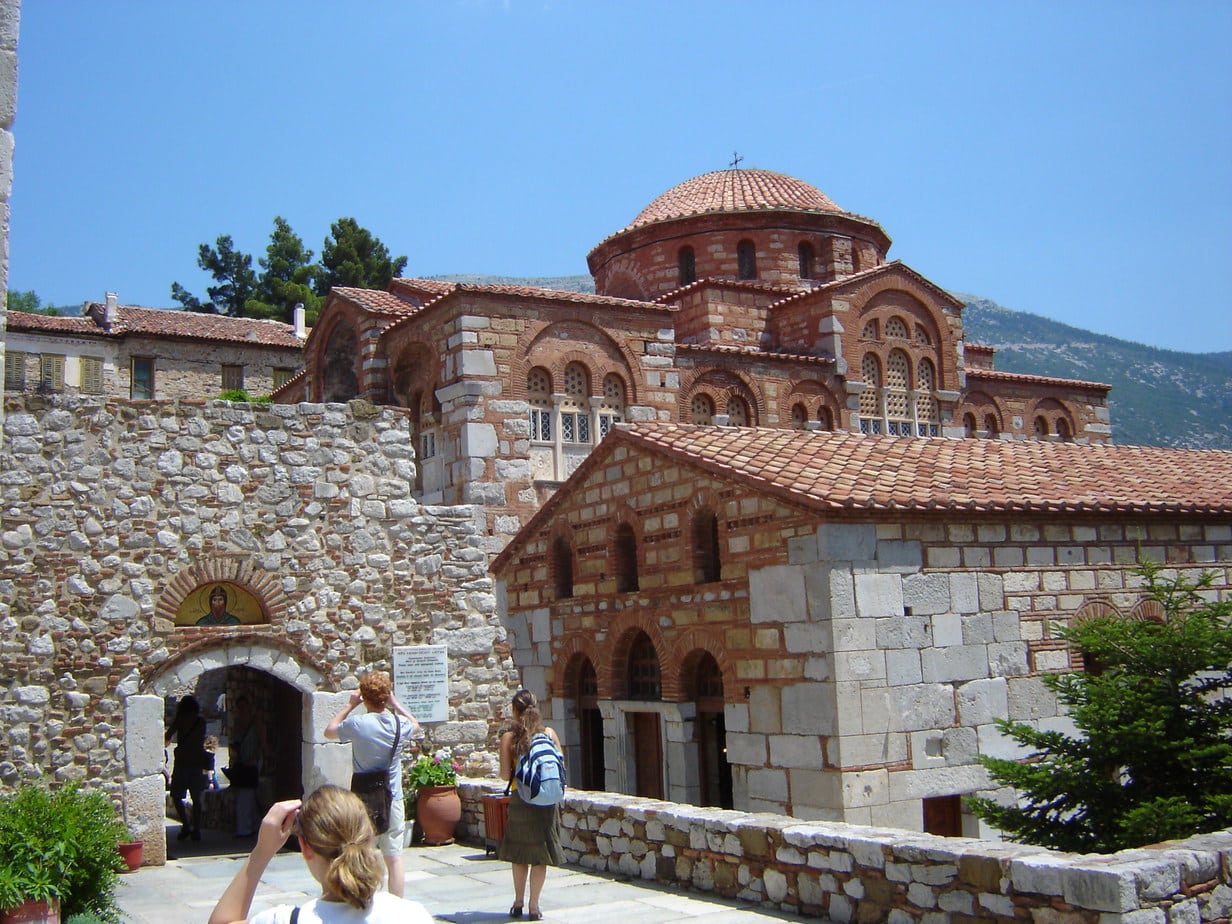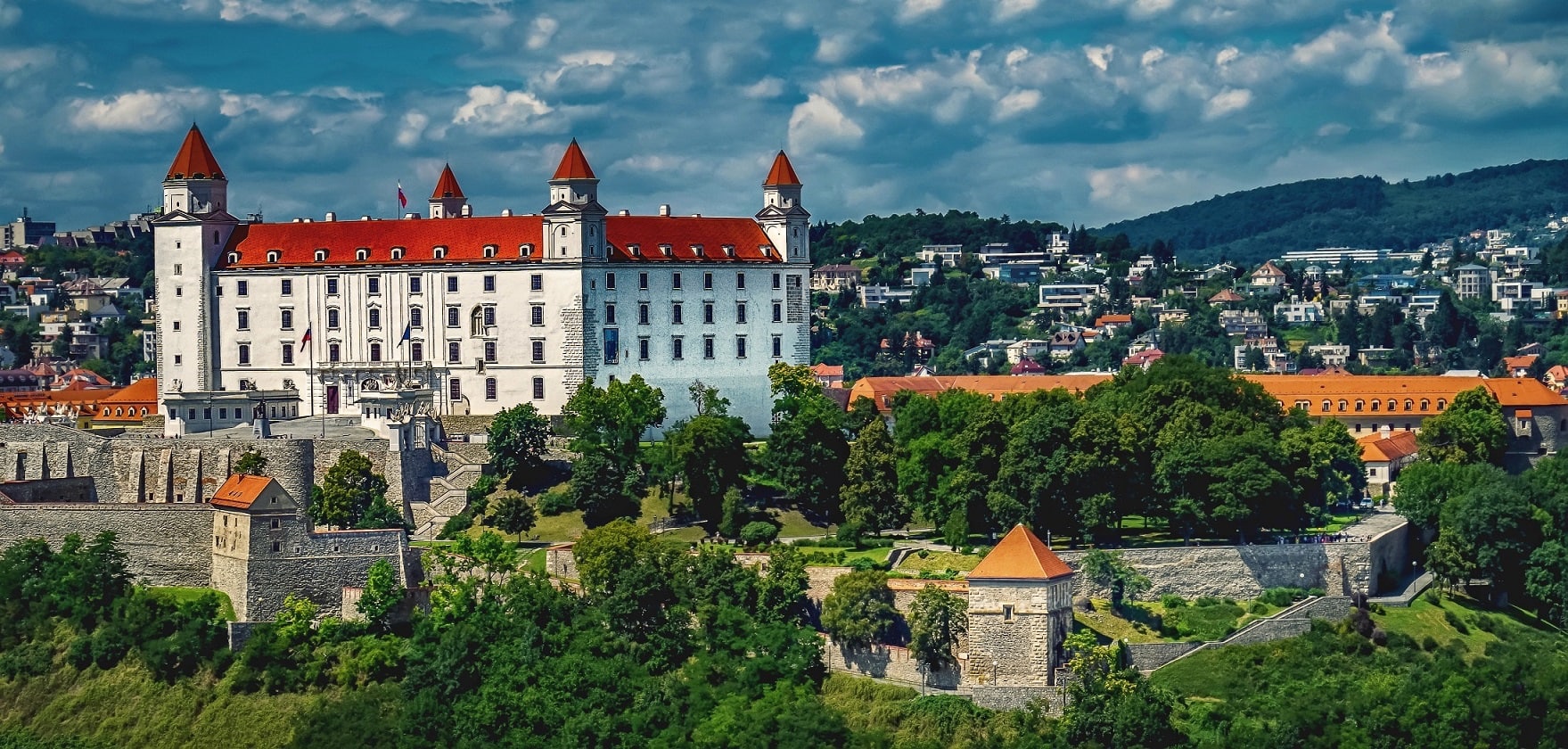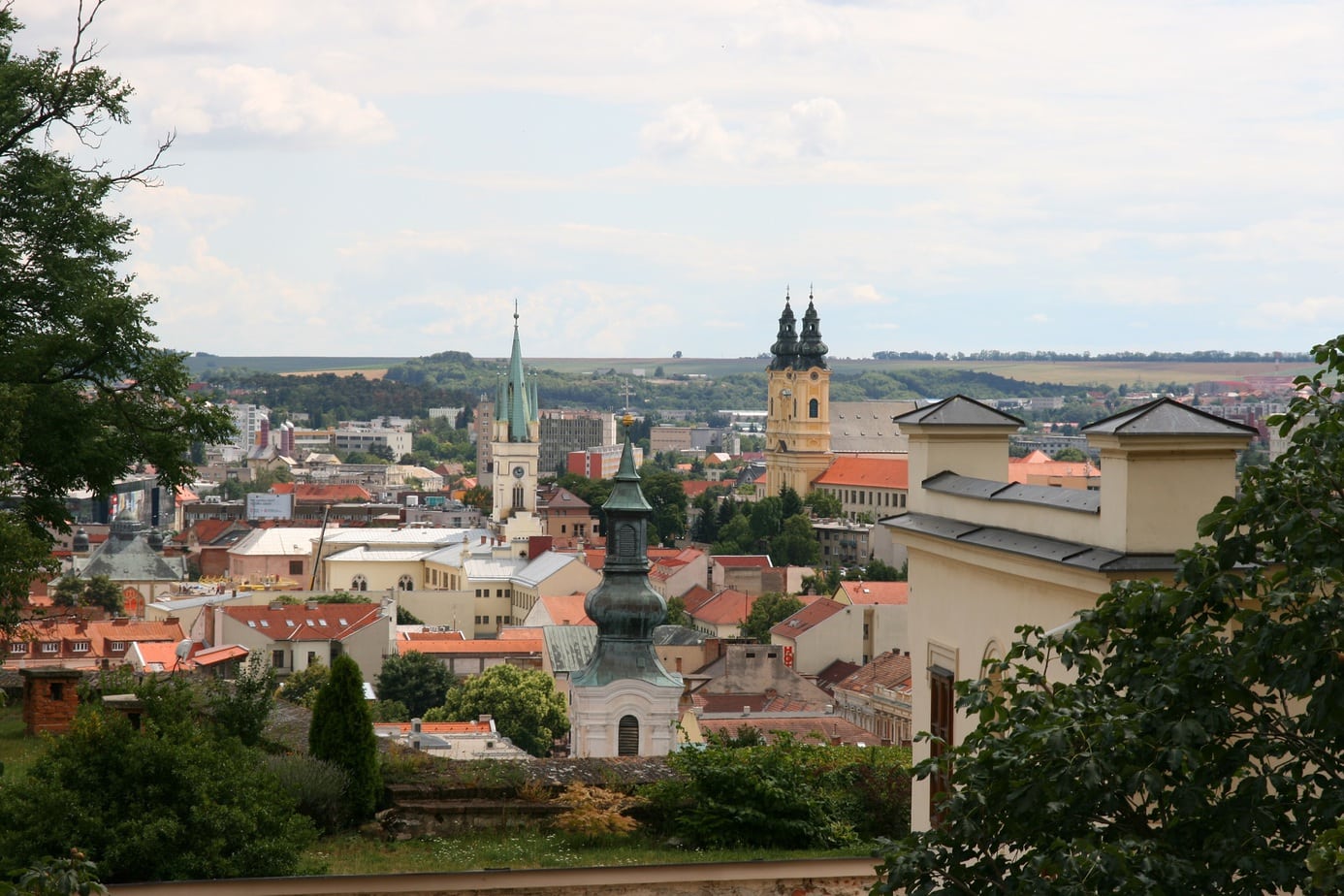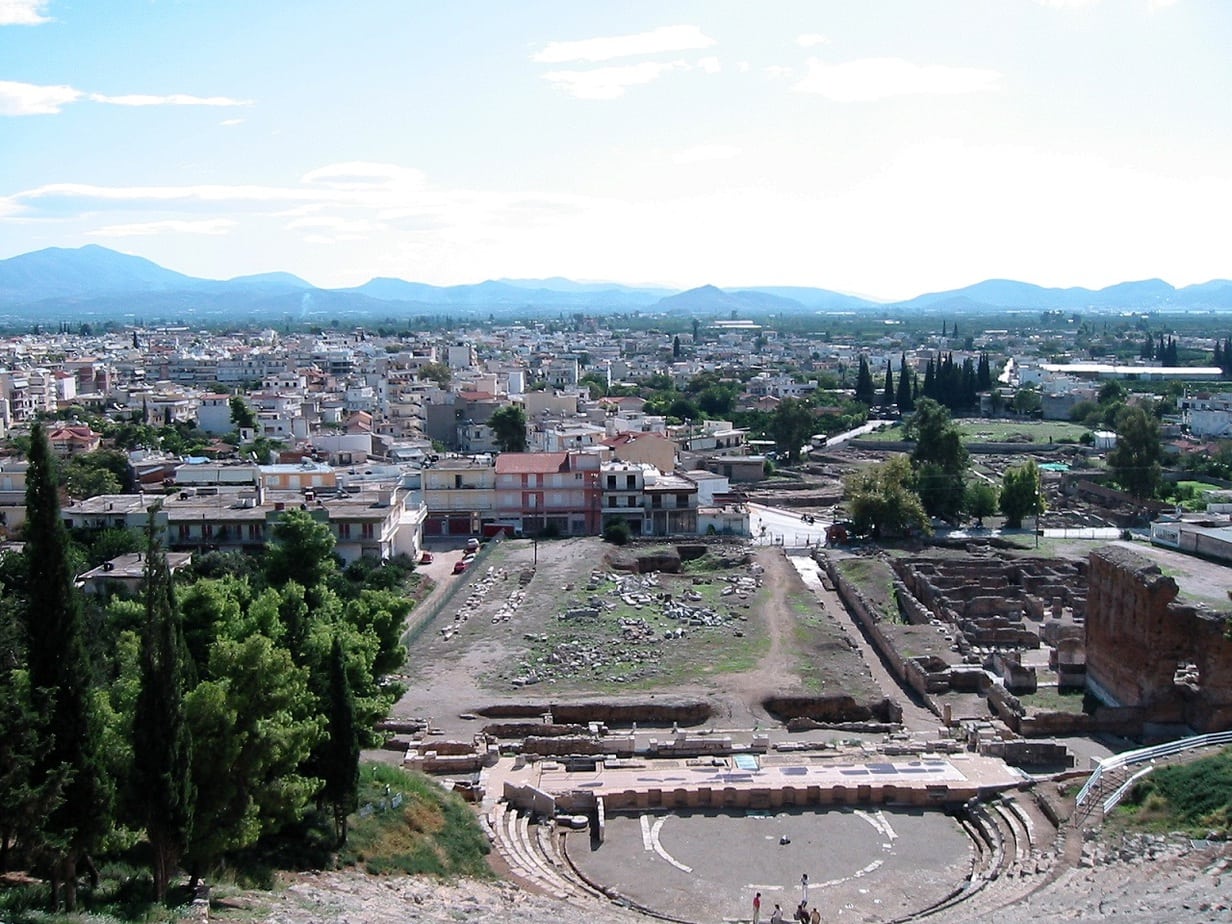Europe has a well-documented and studied history and many of its cities have been inhabited for thousands of years. This is true of all of the cities on this list, which have served as important economic, political, and cultural centers during various time periods. All of these cities are home to historical landmarks and remains left by their previous rulers and are some of the most popular tourist destinations in the world.
10. Chania
Year Founded: c. 1600 BCE
Location: Northern Coast of Crete
[ Historical Region: Crete
Area: 351.3 km² (135.6 sq mi)-municipality; 12.56 km² (4.85 sq mi)-municipal unit
Current Population: 108,642-municipality; 53,910-municipal unit (2011)

Chania is the one of the most important cities in Crete and was the site of a Minoan settlement that the Greeks called Kydonia (or Cydonia). Many architectural remains from this time period can be seen around Chania today. Chania has been ruled by the Byzantines, Arabs, Venetians, Ottomans, and of course the Greeks.
Did You Know?
During World War II, Chania was invaded and occupied by German forces and many of the city’s citizens were imprisoned or executed for their resistance against German rule.
9. Mantua
Year Founded: c. 2000 BCE
Location: Lombardy, Italy
[ Historical Region: Po Valley
Area: 63.97 km² (24.70 sq mi)
Current Population: 49,308 (2017)

Mantua is typically known for its status as one of the jewels of Italy’s Renaissance period and its ties to the noble Gonzaga family, who ruled the city for several centuries. However, Mantua has been around since at least 2000 BCE and is one of the oldest cities in Italy.
During its height, Mantua one of the main artistic, cultural, and especially musical hubs of Italy. Additionally, Mantua is the birthplace of opera as the oldest opera still regularly performed, Claudio Monteverdi’s L’Orfeo was composed for the Court of Mantua in the early 17th century. For its historical importance to culture and art, Mantua was declared a UNESCO World Heritage Site.
Did You Know?
Mantua is featured in Shakespeare’s Romeo and Juliet as the city where Romeo is banished to.
8. Nicosia
Year Founded: c. 2500 BCE
Location: Mesoria Plain, Republic of Cyprus
[ Historical Region: Mycenaean Greece
Area: 111.01 km² (42.86 sq mi)
Current Population: 116,392-capital city (North and South); 326,739-urban (North and South)

Nicosia has been the capital of Cyprus since the 10th century CE, but the city’s history dates back to around 2500 BCE. It is the only Bronze Age settlement in Cyprus that has survived to this day. Like all of the ancient cities on this list, Nicosia has been occupied by many different people over the years.
Today, Nicosia is still facing some conflict as the city is split in half and claimed by the Greek Cypriot and Turkish Cypriot communities. Technically, Nicosia is the capital of the internationally recognized Republic of Cyprus. However, Nicosia also serves as the capital of Northern Cyprus, which is only recognized by Turkey and seen as occupied territory by the rest of the world.
Did You Know?
Culturally, Cyprus is Greek, however, the country is actually an independent nation and a part of the European Union.
7. Thebes
Year Founded: c. 3000 BCE
Location: Boeotia, Central Greece
[ Historical Region: Mycenaean Greece
Area: 830.112 km² (320.508 sq mi)-municipality; 321.015 km² (123.945 sq mi)-municipal unit
Current Population: 36,477-municipality; 25,845-municipal unit (2011)

Along with Athens, Thebes is one of the greatest historical cities in Greece. Thebes is about as old as Athens and has been inhabited since around 3000 BCE. Not only does Thebes boast real Greek history, the city was the setting for many Greek myths, including the stories of Cadmus, Oedipus, Dionysus, Heracles (Hercules), and many more.
With Athens as its rival during ancient times, Thebes was also influential. Thebes peaked in the early 4th century when it was the most powerful city in Greece. This dominance was short-lived, however, and today Thebes is a much quieter city than cosmopolitan Athens.
Did You Know?
During the second Persian invasion of Greece led by Xerxes during the late 5th century BCE, Thebes actually sided with the Persians and famously ended the power of Sparta the Battle of Leuctra in 371 BCE.
6. Athens
Year Founded: c. 3000 BCE
Location: Attica, Central Greece
[ Historical Region: Mycenaean Greece
Area: 38.964 km² (15.044 sq mi)-municipality; 412 km² (159 sq mi)-urban; 2,928.71 km² (1,130.784 sq mi)-metro
Current Population: 664,068-municipality; 3,090,508-urban; 3,781,274-metro (2012)

Athens is undoubtedly the most historical city in Greece and one of the most important cities ever in Western history. It is considered the cradle of Western civilization and the birthplace of democracy. Athens has been continuously inhabited for over 5,000 years and became a powerful center of the Mycenaean civilization by 1400 BCE.
While Athens has had many transformations, the city has always been a large cosmopolitan metropolis and central to economic, financial, industrial, maritime, political, and cultural life in Greece. Additionally, Athens is home to countless ancient landmarks and is one of the most visited cities in the world.
Did You Know?
Athens has the most theatrical stages in the world, with 148 stages across the city.
5. Varna
Year Founded: c. 4600 BCE
Location: Gulf of Varna, Bulgarian Black Sea Coast, Bulgaria
[ Historical Region: Thrace
Area: 238 km² (92 sq mi)
Current Population: 336,505 (418,108 urban area) (2017)

Varna, which is situated on the Bulgarian Black Sea Coast has always been an important important port city due to its strategic location. Like a few of the other cities in the region, people have settled in Varna since prehistoric times.
Eventually, Varna became a major urban center when it was established as a seaside settlement by the Thracians. Since then, Varna has been a major hub for business, transportation, education, tourism, entertainment, and healthcare. Varna is also the maritime capital of Bulgaria and is home of the headquarters of the Bulgarian Navy and merchant marine.
Did You Know?
The oldest gold treasure in the world was discovered in Varna Necroplis and dates to 4600 – 4200 BCE.
4. Bratislava
Year Founded: c. 5000 BCE
Location: Southwestern Slovakia
[ Historical Region: Pannonia
Area: 367.584 km² (141.925 sq mi)
Current Population: 432,864 (2018)

Due to the nature of Slovakia’s history of being dominated by other nations, most notably the Soviet Union, Bratislava, the country’s capital city, is technically the youngest capital in Europe. However, Bratislava’s history goes back much further than when Slovakia was formed in 1993. Like a few of the other cities on this list, Bratislava was home to a permanent Neolithic settlement from around 5000 BCE.
Over the years, Bratislava was conquered and influenced by the Austrians, Bulgarians, Croats, Germans, Hungarians, Jews, Serbs, Czechs, and Slovaks. With such a rich history, Bratislava has become one of the richest regions of the European Union.
Did You Know?
Bratislava is a pretty popular tourist destination and receives more than 1 million visitors each year.
3. Nitra
Year Founded: c. 5000 BCE
Location: Nitra River Valley, Slovakia
[ Historical Region: Pannonia
Area: 100.48 km² (38.80 sq mi)
Current Population: 76,655 (201)

Along with Bratislava, Nitra is one of the oldest cities in Slovakia and has been continuously inhabited since Neolithic times (5,000 to 7,000 years ago). In fact, Slovakia considers Nitra to be the country’s oldest city. There is even archaeological evidence that suggests people have lived (on and off) in the area around Nitra as far back as 30,000 to 25,000 years ago.
Many different peoples have lived in Nitra and the first Slavs arrived in the 5th century CE. Nitra has had various levels of importance over the years and it is currently the seat and political center of the Nitra District.
Did You Know?
Similar to Rome, Nitra is located in a valley surrounded by seven hills: Zobor, Castle Hill, the Calvary, Čermáň, Borin, Vŕšok, and Martin’s Hill.
2. Argos
Year Founded: c. 5000 BCE
Location: Argolis, the Peloponnese, Greece
[ Historical Region: Mycenaean Greece
Area: 138.138 km² (53.33 sq mi)
Current Population: 22,209 (2011)

While the entire country of Greece has a rich history, Argos was one of the first city-states or polis of Ancient Greece and has a history stretching back even further. Near the foot of Aspida hill is evidence of a late Neolithic village, which shows that the Argos has been continuously inhabited since at least 5000 BCE.
Argos became a major Mycenaean settlement in the Late Bronze Age and remained an important city throughout the Greek, Hellenistic, and Roman periods. The Visigoths sacked and destroyed Argos in the 4th century CE, but people continued to live in the city. Today, Argos is a major center in southern Greece.
Did You Know?
Argos is featured in many Greek myths and was named for King Argus (or Argus), the son of Zeus and Niobe.
1. Plovdiv
Year Founded: c. 6000 BCE
Location: South-Central Bulgaria
[ Historical Region: Thrace
Area: 101.98 km² (39.37 sq mi)
Current Population: 346,893 (675,000 in the greater metropolitan area) (2018)

During the city’s long history it has been conquered by several different peoples, including the Thracians, Macedonians, Romans, Byzantines, Ottoman Turks, Persians, Slavs, Huns, Celts, and Bulgarians. Each one of the these groups left a lasting impact on Plovdiv, which was, and still is an important cultural, economic, and educational center as well as transport hub.
Did You Know?
One of Plovdiv’s most famous landmarks is the Ancient Roman Theatre, which was built over 2,000 years ago and is still used as a concert venue today.
OTHER POSTS YOU MAY BE INTERESTED IN











